It is difficult to reflect on an evolving situation, as memories feel both fragmented and awhirl. Temporal distancing is a technique I’ve learned to implement, as I try to fast forward and imagine how I will look back on this time, and what I will likely remember. I wonder if it will be the wailing sirens in my neighborhood, day and night, that didn’t stop, and the fear that gripped us. I wonder if it will be the sleepless nights as we prayed and longed for loved ones, counting our blessings and appreciating all that we had.
Covid-19 has been a whirling dervish that both uprooted and solidified our understanding of our purpose and place in this world, with all of its disruptions, stressors and challenges elevating the role of resilience to front and center in our path to recovery. I hope that I will remember more than the frightening experiences we endured, but the sacred and authentic spaces we created, in which we embraced our vulnerability, realized God was in control, gave strength to ourselves and those around us and engaged in dialogue that shattered stigma around mental health—dialogue that I pray will far outlive the pandemic.
As a Jewish educator and mental health professional, I have long-held beliefs about the power of supportive relationships and belonging in facilitating meaningful and engaging learning experiences, and the wellbeing that emerges from the power of those connections. Educators, mental health professionals and administrators have humanized the struggle that the pandemic induced and went above and beyond to make themselves available for each other and for their students, all while juggling their own families and personal responsibilities in a way that blurred boundaries and stretched the hours of the day. We all dug deep and embraced the idea that feeling genuinely accepted, nurtured and connected within a school community is crucial to recovery, resilience and growth.
We all experienced an unprecedented “shared traumatic reality” (in the words of Bar Ilan professor Nehami Baum) with our students, as we helped them cope with the crisis, trauma and stress the pandemic induced while living through it ourselves at the same time, as we innovated and sacrificed to make the remote learning experience as engaging as possible, amidst our own struggles and uncertainty. Schools without walls were born, as we pivoted and brought the warmth and sense of community into our students’ homes and allowed students to share a piece of their homes with us. We all began to realize that education is life itself, as we worked our way through the endless days and wondered whether we were really reaching all of our students, or if we would ever know. Digital learning definitely broadened the scope of what schools could do in terms of education, but we all knew that the joy of being back together safely in person was something that so many of us longed for and needed.
As we prepared for school reopening, we took time to reflect on what drives the success we’ve experienced with our students. Our communal hubs of learning that define the Jewish schooling experience are home to rituals, routines and relationships that are both sacred and grounding and pave way for the joy and wonder we all long for as we return to school in the fall each year. The careful and deliberate planning in which we engaged before school opened was a labor of listening, as we surveyed our families about supporting them and their children upon return and learned so much about partnering with parents. I was humbled by the challenges that our families, faculty and students faced and overcame, and quickly realized that we may have just scratched the tip of the iceberg, as stressors tend to linger, but yet, we powered on.
I recall speaking to teachers about adopting a stance of radical compassion and flexibility as we focused on reintegration and working to ensure that we all felt emotionally connected and able to reacclimate to our new socially distanced 2020 reality, with the possibility of quarantine looming around every corner. Just when we may have been approaching our threshold of compassion fatigue, we showed up and modelled coping skills, actively promoting resilience, leaning in to each other and our communities of practice to truly elevate the role of educators as those on the frontlines.
The new school year brought opportunities to reflect on the changes we had all experienced, and I recall my first class back with my students, listening intently to their understanding of the unprecedented times in which we were living, and how they navigated the instability and uncertainty around them. Again, I learned the power of listening, and was strengthened by my students’ retelling of the opportunities they found to search for meaning, cultivate a growth mindset and discover coping tools they never knew they had. The more listening I did, the more I realized that creating safe spaces where we could all just be our whole, authentic selves was key to our healing and allowed our schools to become beacons of warmth, mental health and support. Tending to the mental health needs within the school community became a delicate dance of leaning in, reaching out to see what others might need, and shifting perspectives to be mindful of sharing resources that were aligned with where people were truly at.
True to a trauma-informed school environment, we all learned to approach concerns we had with curiosity and exploration, wondering why students may have been acting the way they were, what may have been driving their behavior and giving them ownership and voice in the process. Thinking deeply about what it meant to be on the receiving end of support and where each of us fit within the framework of our school networks allowed us to restore relationships and keep the safe spaces within our classrooms and buildings alive and authentic. In the process, I believe we all grew a sense of shared ownership for caring for each other, and developed a renewed focus on creating the conditions for all of us to flourish, as our schools transformed to prioritize and destigmatize self-care and relationships before rigor.
I pray that the inside-out approach we have taken this year will pave way for cultivating more compassionate, inclusive and welcoming classrooms for many years to come. While we often think of ourselves as thinking creatures that feel, this year we have learned that above all else, we are feeling creatures that think, and need to embrace our emotional needs and make space for the needs of others. I believe the future ahead of us is very bright, as the resilience we have forged will allow us to continue to positively adapt and regain our ability to thrive and innovate, with room for positive growth and transformation. Let us not forget the tireless progress we have made, and the potential for so much more.



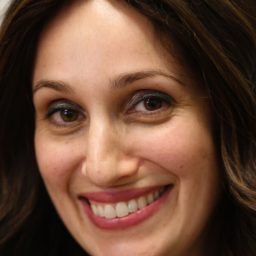
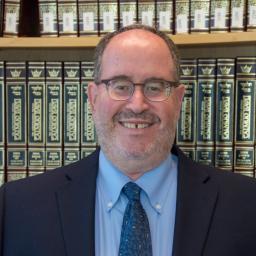
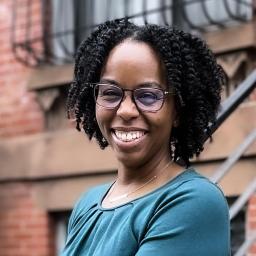
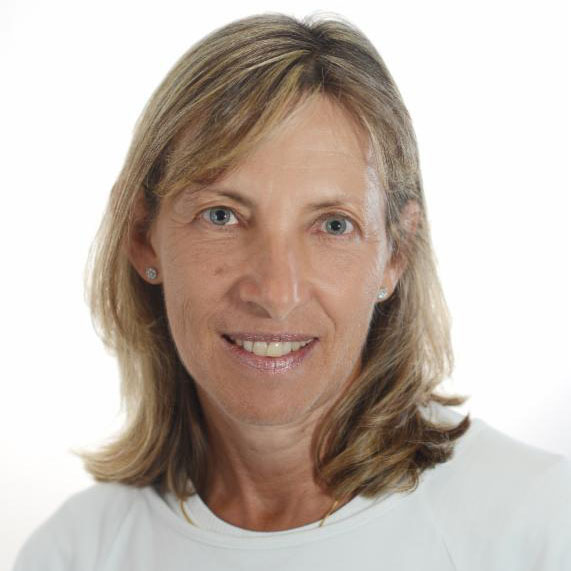
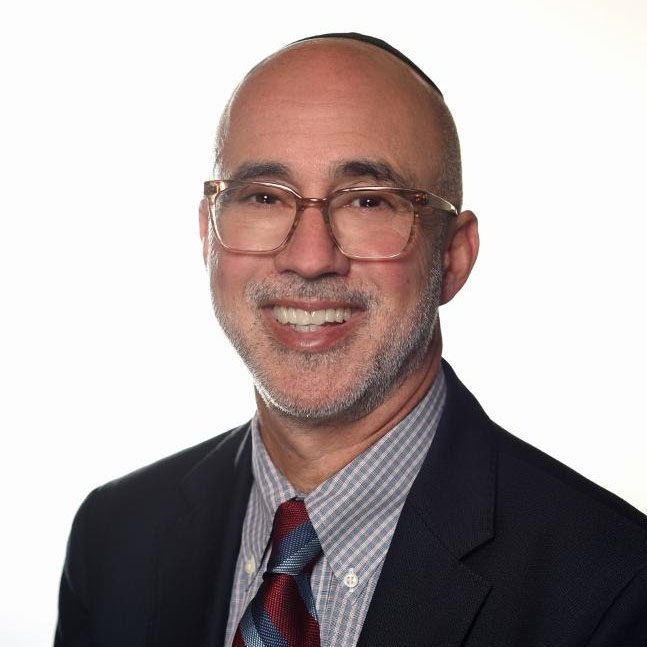
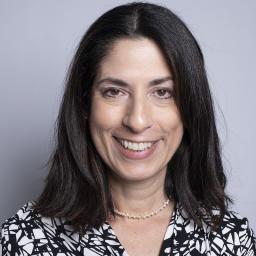
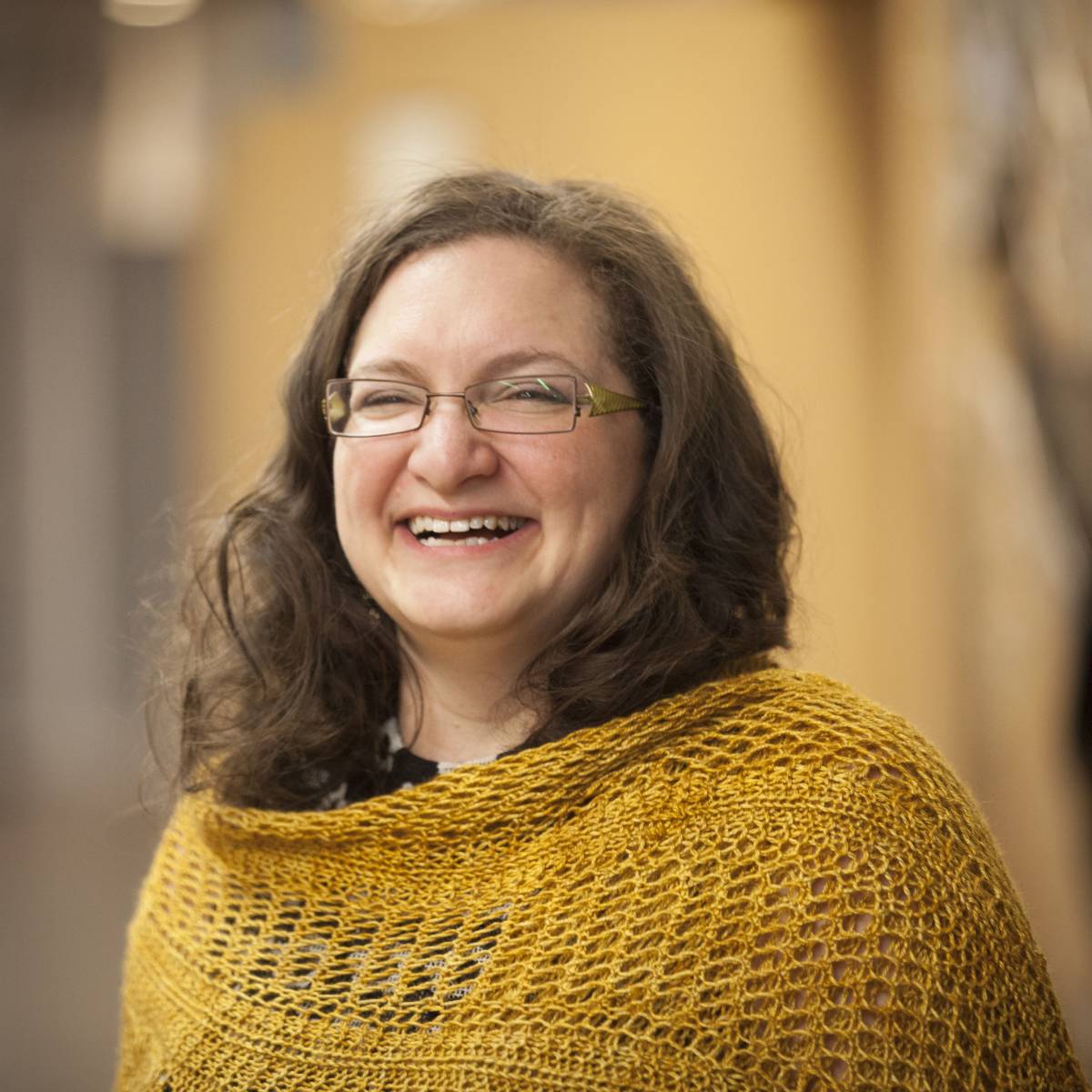
 Regina
Regina